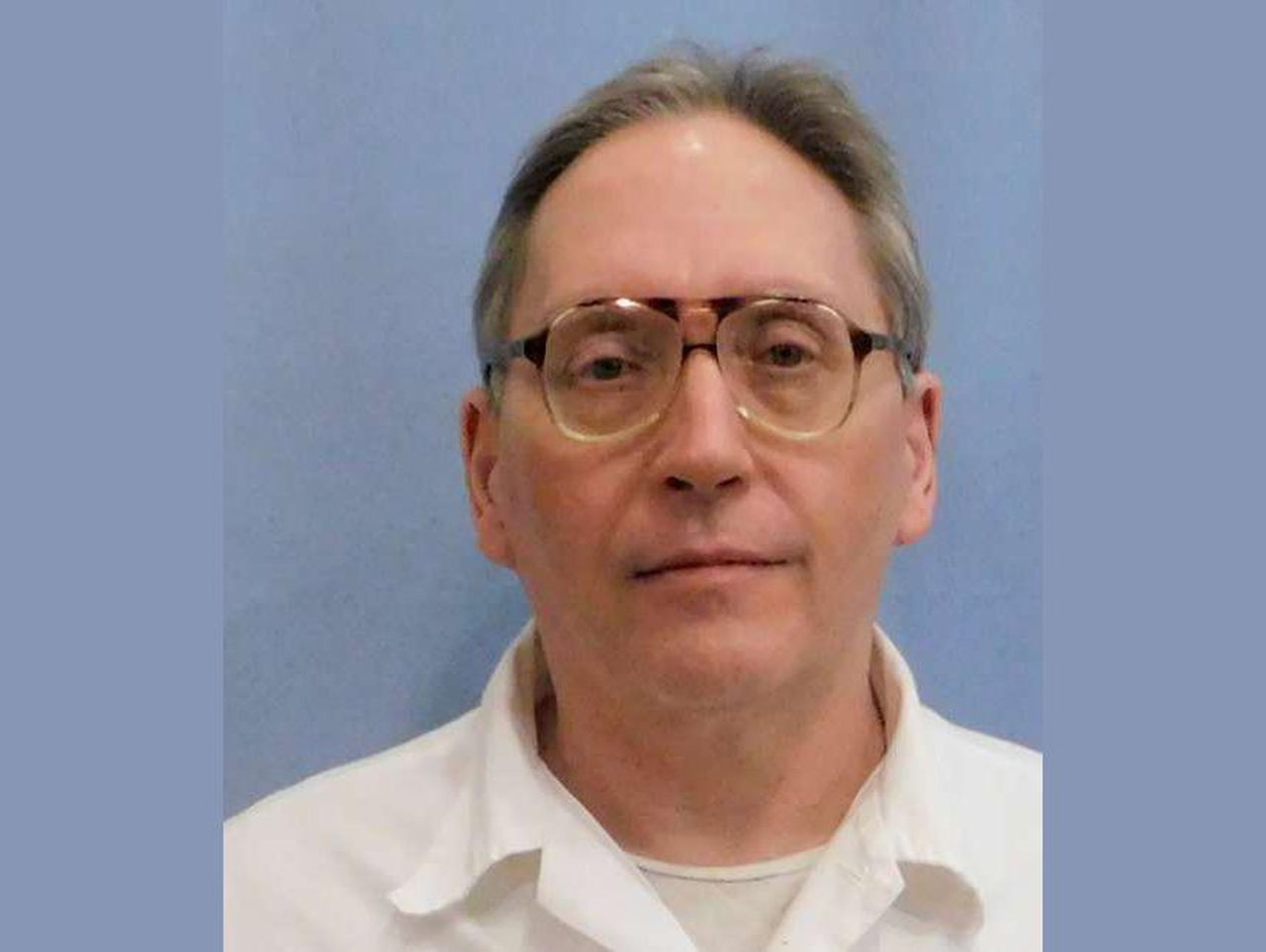Live updates: Alabama set to execute James Barber tonight
The state of Alabama aims to successfully execute a death row inmate on Thursday after its past two attempts on other inmates failed.
James Barber is set to be executed by 6 a.m. Friday for the beating death of a 75-year-old Harvest woman 22 years ago. The execution is expected to begin no earlier than 6 p.m. Thursday.
Barber, 64, is the first inmate in Alabama to be put to death under the state’s new rules that allowed Gov. Kay Ivey to set a 30-hour time frame for the execution. All previous executions in Alabama have been set for a specific 24-hour day by the Alabama Supreme Court. That rule changed this year, following the governor’s three-month halt to lethal injections during an internal investigation prompted by the failed attempts to kill Alan Miller in September 2022 and Kenneth Eugene Smith in November 2022.
That execution moratorium ended in February with few public changes to the lethal injection protocol. The only noticeable changes were the wholesale change of personnel involved in establishing the IVs and ending of the 24-hour rule. State officials said that time frame proved too short because the teams tasked with setting up the IV lines used for the three-drug lethal cocktail couldn’t complete their work – which couldn’t begin until all appeals had been exhausted — by the midnight deadline.
Previously, Alabama Department of Corrections Commissioner John Hamm called the midnight rule “unnecessary deadline pressure for Department personnel.”
Now, the prison system will have until 6 a.m. Friday to execute Barber, barring an intervention from the U.S. Supreme Court or Ivey.
The issue of personnel changes that stemmed from the internal investigation—one many prison advocates opposed and said should be conducted by a group that wasn’t affiliated with the ADOC—also included purchasing new equipment for lethal injections and having a “vetting process” for outside medical professionals tasked with helping set up executions, according to a letter from Hamm to the governor.
An updated, redacted version of the department’s lethal injection protocol, attached to Barber’s federal lawsuit, shows the IV team will have “more (REDACTED) professionals” who “shall be currently certified or licensed within the United States.” The redacted protocol does not specify which license must be held.
The 11th Circuit Court of Appeals on Wednesday night rejected Barber’s appeals to stop the execution in a 2-1 vote. The court ruled that the state had been substantial adjustments to its protocols in allowing Barber’s execution to go forward despite a sharp dissent by Judge Jill Pryor. Referring to the aborted executions of Miller and Smith last fall and the struggle to establish IV lines in Joe James – the state’s last execution in July 2022 – Pryor wrote in her dissent, “Three botched executions in a row are three too many.”
Barber’s attorneys are expected to appeal the 11th Circuit decision to the Supreme Court today. They have asked for Barber to be executed by nitrogen hypoxia – which would avoid the issue with the IVs but has never been attempted in any state. ADOC has said it will not be prepared to use nitrogen hypoxia until late this year and the state has argued that Barber did not request the new format in a timely manner. That method was approved by the state legislature and Ivey in 2018.
Alabama officials gave death row inmates a month in June 2018 to opt-in to dying by the new method after it was made legal by state law, but Barber was not one of the dozens of inmates who signed paperwork choosing the new method.
In June, the Alabama Attorney General’s office claimed Barber’s execution could be carried out using the new method, where an inmate would theoretically die by breathing in pure nitrogen without any source of oxygen and suffocating. But soon after the agency made their claim, the Alabama Department of Corrections told AL.com they were not ready to start nitrogen executions.
“The protocol for carrying out executions by this method is not yet complete,” an ADOC spokesperson said June 26. “Once the nitrogen hypoxia protocol is complete, ADOC personnel will need sufficient time to be thoroughly trained before an execution can be conducted using this method.”
The AG’s office did not respond to requests for comment as to why the agency made their claim in a court filing.
Barber was convicted in Madison County for the 2001 slaying of 75-year-old Dorothy Epps. Epps was beaten to death with Barber’s fists and a claw hammer in her Harvest home, according to court records. She suffered multiple skull fractures, head lacerations, brain bleeding, and rib fractures.
“Mrs. Epps and her family have waited for justice for twenty-two years. And in an attempt to avoid that justice, Barber waited to bring his current claims,” the Alabama Attorney General’s Office argued in a court filing this week. “Because those claims are both dilatory and meritless, Barber’s motion for a stay of execution should be denied.”
AL.com reporter Ivana Hrynkiw contributed to this report.
